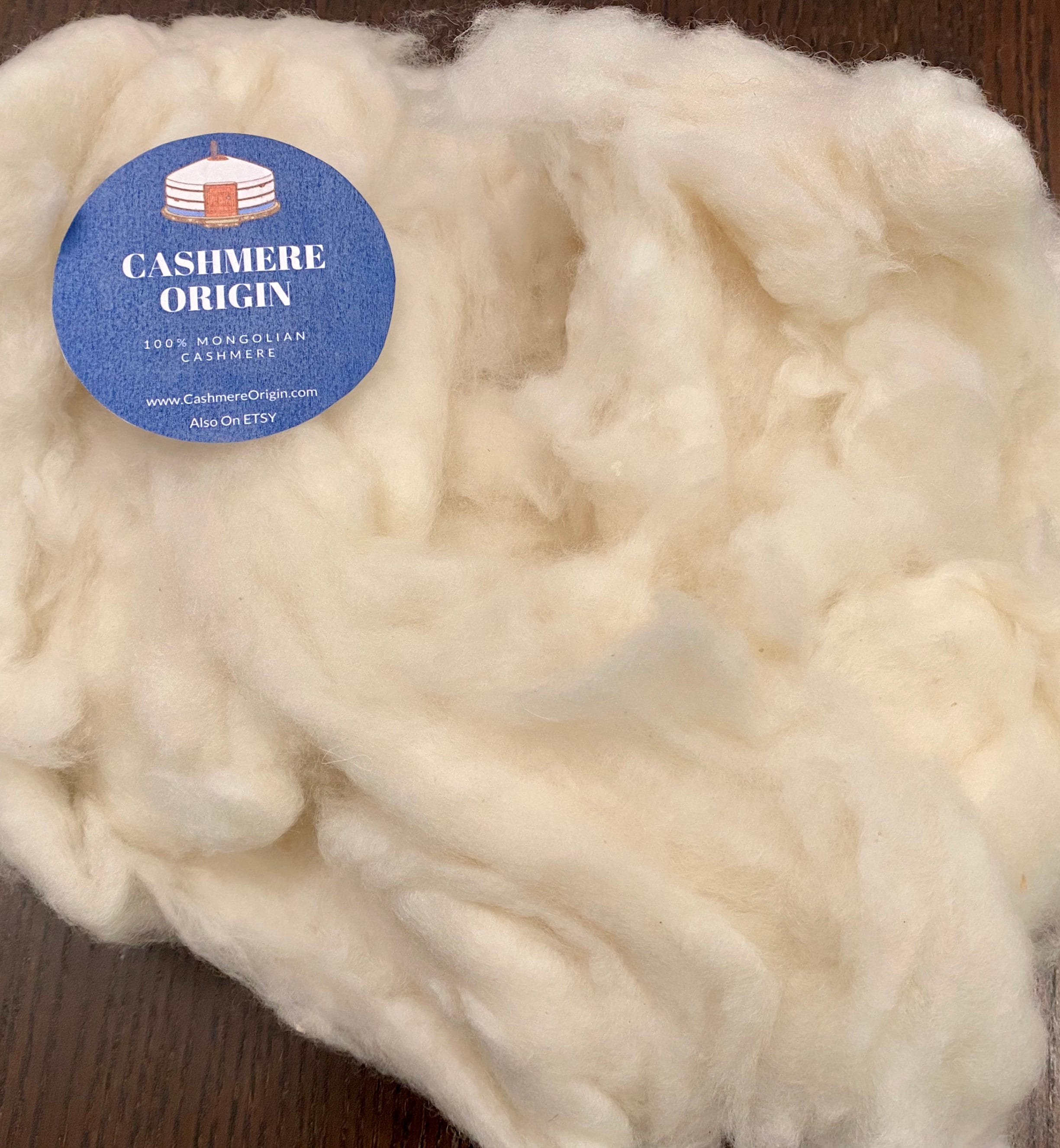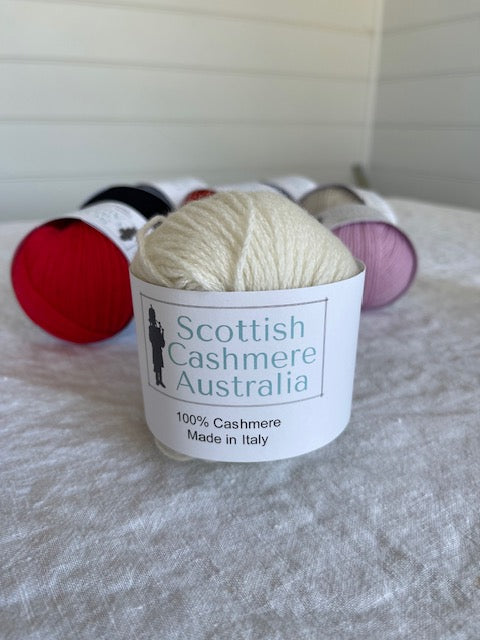What Is Cashmere and Why It’s a Essential in Every Fashion Lover’s Wardrobe
What Is Cashmere and Why It’s a Essential in Every Fashion Lover’s Wardrobe
Blog Article
Factors You Have To Require Cashmere a Natural Fiber for Comfort and Style in Everyday Use
In the realm of textiles, few fibers match the luxury and comfort of cashmere. Exactly how can one best utilize cashmere to elevate their design? These intriguing inquiries lay the foundation for an informing exploration right into the world of cashmere. cashmere fibre.
Recognizing the Glamorous Nature of Cashmere

Assessing the Comfort Factor of Cashmere Wardrobe
What high qualities highlight the comfort aspect of cashmere garments? The gentleness of cashmere is the first quality to think about. Its luxurious texture makes it seem like a second skin, offering warmth without the weight or itching related to various other woollen products. Cashmere's unique fiber structure allows for breathability, managing temperature level and avoiding getting too hot. The product's flexibility and durability make sure that it molds versus the body conveniently, maintaining its form in time. Cashmere's hypoallergenic buildings likewise contribute to its comfort, making it an optimal choice for delicate skin. Lastly, the capability to layer cashmere items without thickness enhances the comfort factor. Fundamentally, the comfort of cashmere is stemmed from its softness, breathability, sturdiness, hypoallergenic nature, and versatility.

The Environmental Effect and Sustainability of Cashmere
While the convenience and style of cashmere are definitely attractive, it's equally crucial to consider its partnership with the environment. Cashmere production, mostly in Mongolia and China, involves raising cashmere goats, which can considerably stress breakable grassland ecological communities as a result of overgrazing. This can cause desertification, a pressing ecological problem. The processing of cashmere, entailing dyeing and washing, can also add to water pollution if not appropriately managed. Initiatives are being made to establish sustainable cashmere production approaches, such as rotational grazing and cleaner processing methods. While cashmere has environmental influences, its sustainability largely depends on production techniques.
Comparing Cashmere to Synthetic Fibers: A Cost-Benefit Analysis
Regardless of its environmental challenges, cashmere provides a special set of advantages over artificial fibers. On the price side, cashmere is undeniably extra costly because of its labor-intensive manufacturing procedure. Yet, the benefits make it worth the investment. Cashmere's natural fibers offer unparalleled softness and heat, converting right into convenience that artificial fibers struggle to match. Cashmere pieces are highly durable, encouraging durability that offsets preliminary expenses over time. Unlike synthetic fibers, cashmere doesn't add to microplastic air pollution, making it a more lasting selection. On the other hand, synthetic fibers, while less costly upfront, supply much less comfort, have much shorter lifespans and posture ecological worries. Hence, when evaluating cost-benefit, cashmere's premium qualities make it a rewarding investment for daily wear.
Styling Tips With Cashmere for Everyday Elegance
Having actually thought about the cost-benefit evaluation of cashmere contrasted to synthetic fibers, it becomes clear why this glamorous product is a preferred selection for lots of. When styling cashmere for day-to-day beauty, simplicity is vital. A discover this info here cashmere sweater, as an example, can be combined with tailored trousers or a smooth skirt for a chic, put-together look - cashmere fibre. For an extra laid-back ensemble, a cashmere cardigan worn over a simple tee and jeans shows easy style. Devices can better raise the look: a declaration pendant or headscarf can include a pop of shade to a neutral cashmere item. Inevitably, the integral sophistication of cashmere makes it a versatile enhancement to any wardrobe, effortlessly improving daily attire with a touch of see this high-end.

Final Thought
In summary, the amazing homes of cashmere make it a valuable enhancement to any type of closet. Its extravagant feel, breathability, comfort, and adaptability to varying temperature levels are unequaled. Additionally, cashmere's sustainability and reduced environmental effect compared to artificial fibers better boost its appeal. The classic style of cashmere, combined with its convenience, adds class to day-to-day wear. Spending in cashmere garments is a worthwhile choice for comfort, sustainability, and style.

Report this page